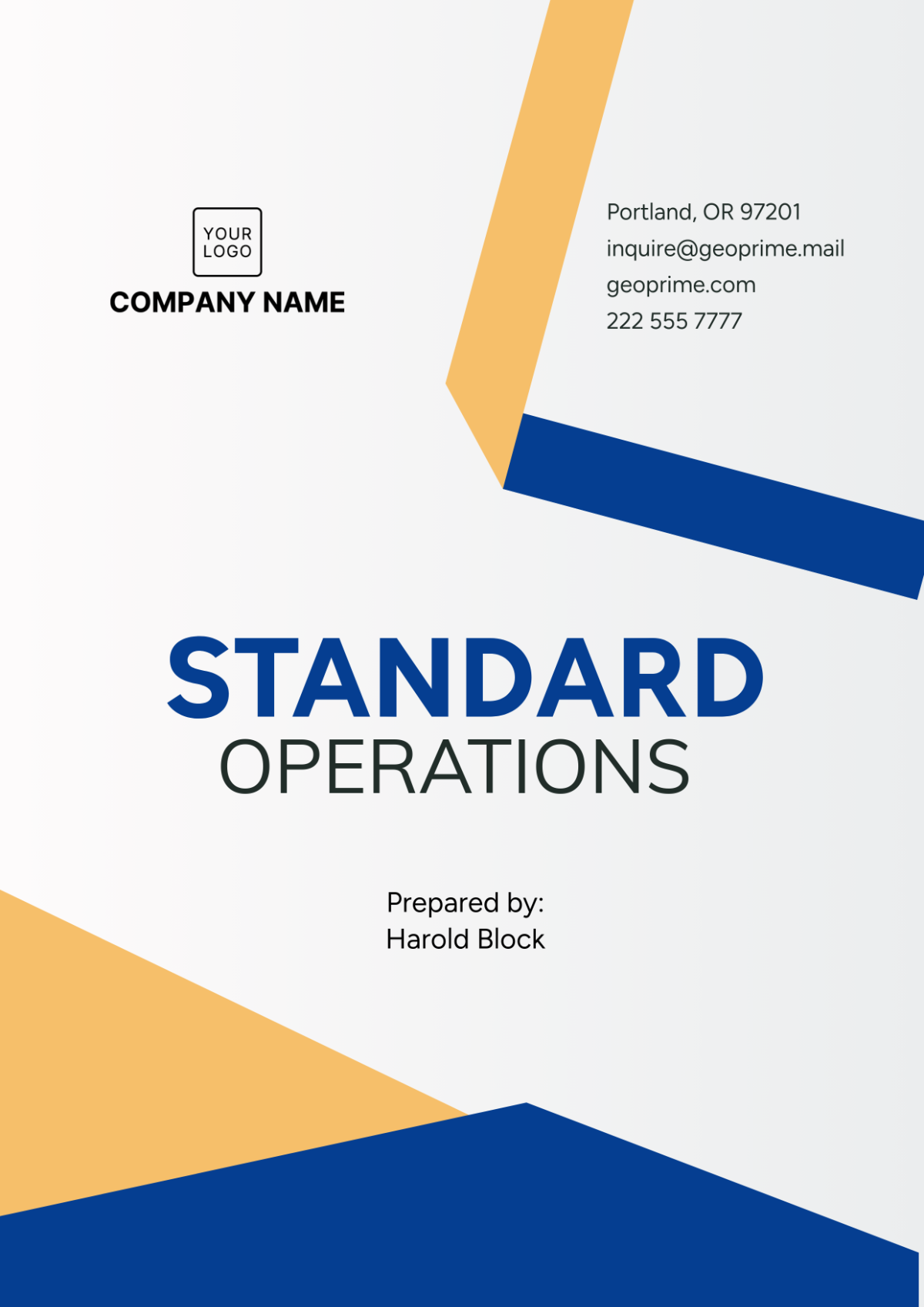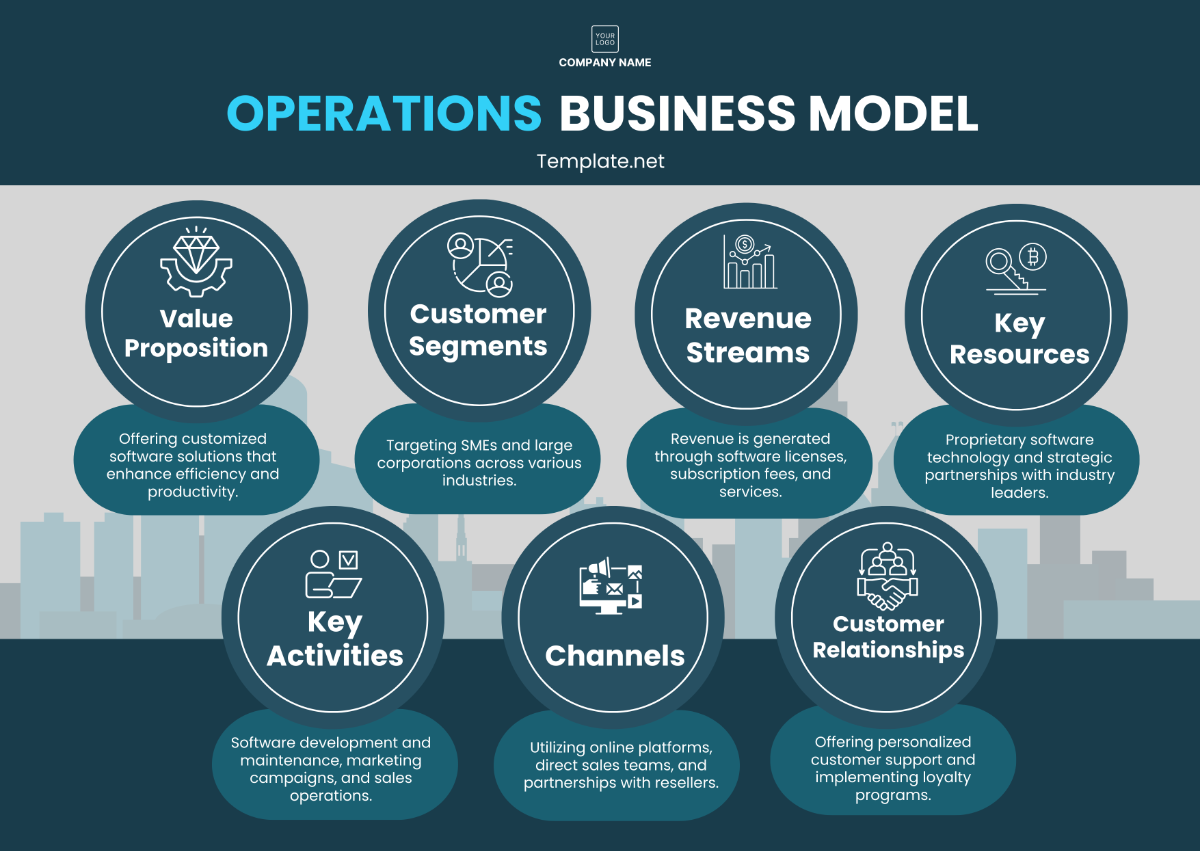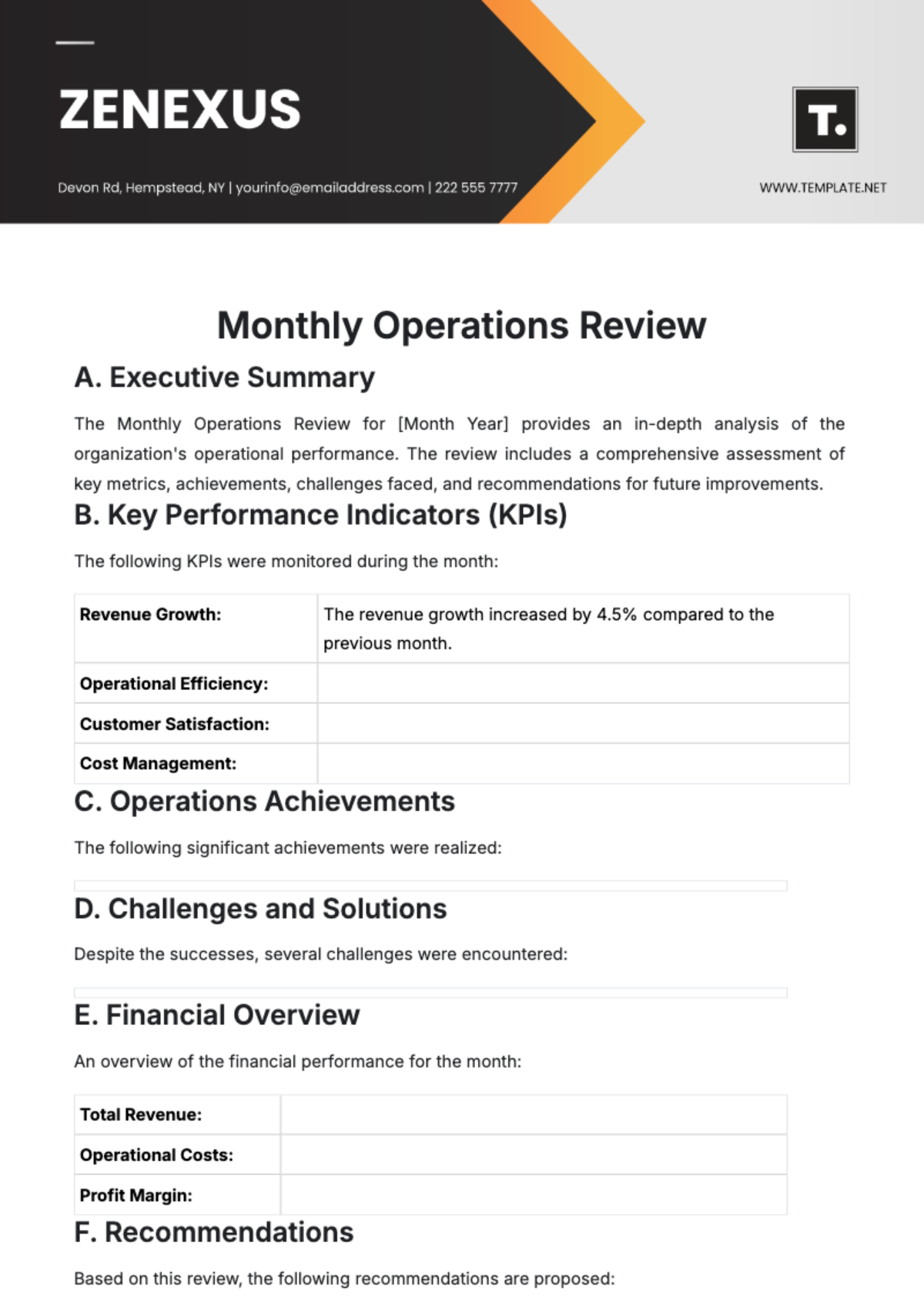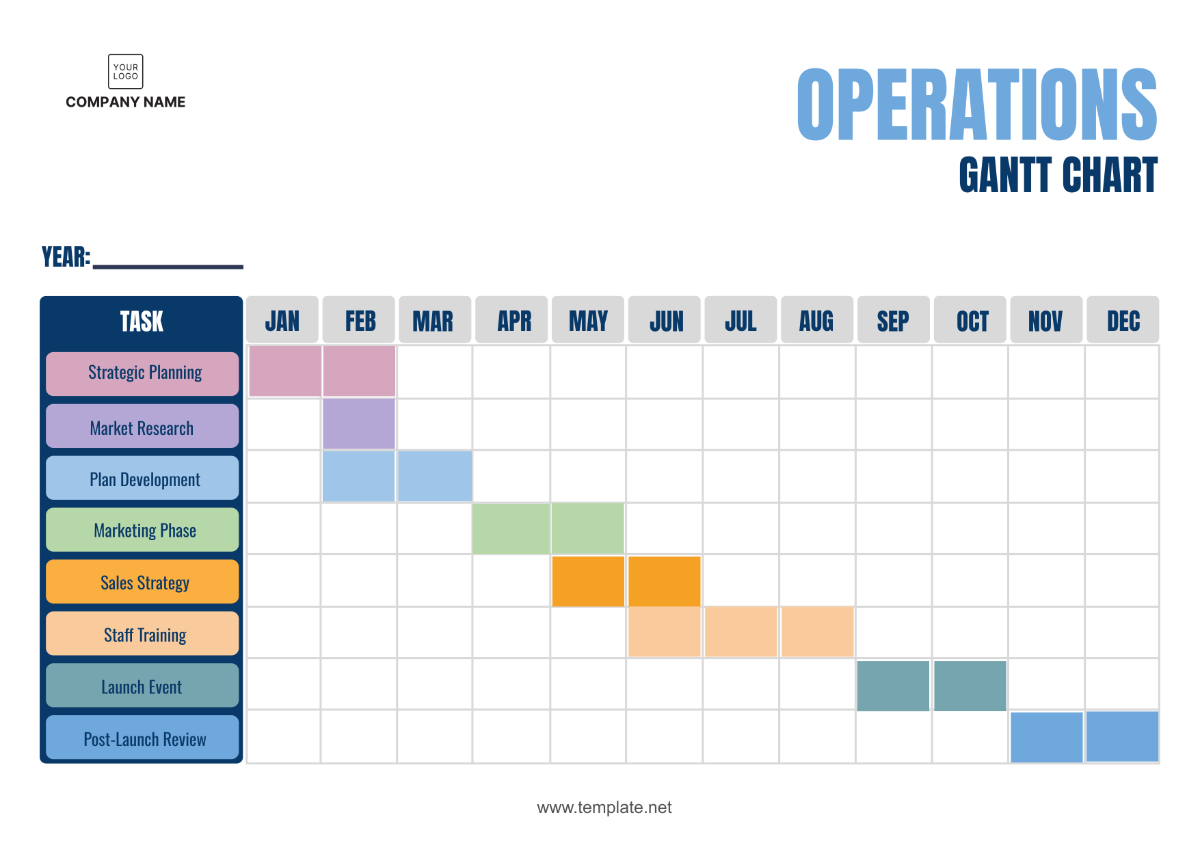Operational Metrics Review
Operational Metrics Review of [Your Company Name]
I. Introduction
In this review, we analyze the operational metrics of [Your Company Name] for the fiscal year 2055. Our key performance indicators (KPIs) focus on productivity, efficiency, and overall operational health. The firm's performance over the period has demonstrated noteworthy advancements in several critical areas.
II. Production Output
The company reported a notable 15% increase in production output for the fiscal year 2055. This substantial rise, from 220,000 units in 2054 to 253,000 units in 2055, underscores the effectiveness of strategic initiatives aimed at enhancing production capabilities. Key factors contributing to this improvement include upgraded machinery, streamlined production processes, and optimized supply chain management. The following table provides a detailed view of production output over the past three years:
Year | Production Output (Units) | Percentage Increase |
|---|---|---|
2053 | 200,000 | N/A |
2054 | 220,000 | N/A |
2055 | 253,000 | 15% |
III. Employee Productivity
Employee productivity demonstrated a remarkable improvement of 10% in 2055. The output per labor hour increased from 48 units/hour in 2054 to 52.8 units/hour in 2055. This enhancement highlights the effectiveness of recent investments in employee training, technological advancements, and optimized workflows. The table below illustrates the increase in employee productivity over the past three years:
Year | Output per Labor Hour (Units/Hour) | Percentage Increase |
|---|---|---|
2053 | 46 | N/A |
2054 | 48 | N/A |
2055 | 52.8 | 10% |
IV. Customer Satisfaction
Customer satisfaction, as measured by the Net Promoter Score (NPS), increased from 74 to 81 in 2055. This 9% rise reflects the company's success in exceeding customer expectations and delivering high-quality services and products. Enhanced customer service training, product improvements, and responsive feedback mechanisms are key contributors to this positive outcome. The following table shows the NPS trends over the past three years:
Year | Net Promoter Score (NPS) | Percentage Increase |
|---|---|---|
2053 | 70 | N/A |
2054 | 74 | N/A |
2055 | 81 | 9% |
V. Inventory Management
The inventory turnover ratio improved to 9.2 in 2055, indicating a more effective inventory management system. This improvement, from a ratio of 8.0 in 2054, highlights the successful implementation of just-in-time inventory practices and enhanced demand forecasting. The reduction in holding costs and timely fulfillment of customer orders are significant benefits of this improved ratio. The table below provides the inventory turnover ratio for the past three years:
Year | Inventory Turnover Ratio | Percentage Improvement |
|---|---|---|
2053 | 7.5 | N/A |
2054 | 8.0 | N/A |
2055 | 9.2 | 15% |
VI. Operational Costs
Operational costs were reduced by 5% in 2055, leading to a notable increase in profit margins. The reduction, from $6 million in 2054 to $5.7 million in 2055, is attributed to optimized processes, efficient resource management, and the adoption of cost-saving technologies. This reduction in costs has significantly enhanced the company’s financial performance. The following table illustrates the trend in operational costs over the past three years:
Year | Operational Costs ($ Million) | Percentage Reduction |
|---|---|---|
2053 | 6.3 | N/A |
2054 | 6.0 | N/A |
2055 | 5.7 | 5% |
VII. Conclusion
These metrics collectively highlight the robust operational strategies and continuous improvement initiatives undertaken by [Your Company Name]. The firm's commitment to excellence is evident in the significant enhancements in productivity, efficiency, and customer satisfaction. As [Your Company Name] continues to innovate and refine its operations, it is well-positioned for sustained growth and success in the future.















































